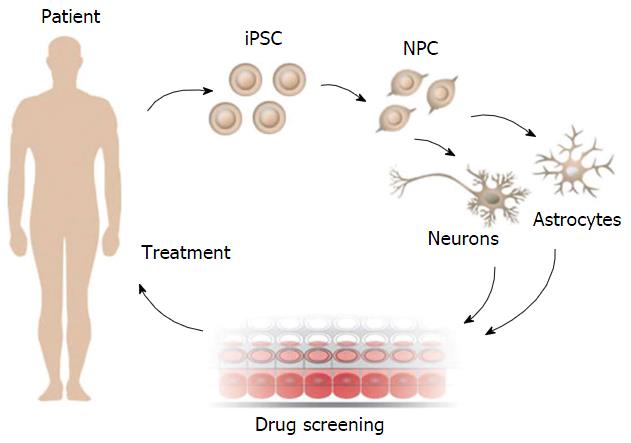
Patient-specific iPSC-SN provide a “disease-in-a-dish” model of pain, with the best examples coming from studies of Nav1.The act of reprogramming cells to make them as capable as ones from embryos apparently can result in aberrant cells that age and die abnormally, suggesting there is a long way to go to prove such cells are really like embryonic stem cells and can find use in therapies.Įmbryonic stem cells are pluripotent, able to create all cell types, save more embryonic tissue. IPSCs retain the genetic background and native transcriptional machinery of individuals, thus allowing mechanistic studies of disease that are not subject to potential artifacts that could arise from over-expression systems or transgenic animal studies. The development of an approach to differentiate sensory neurons from iPSC (iPSC-SN) has provided a technology platform for understanding disease pathophysiology including the mechanisms of neuronal injury and hyperexcitability, development of cell-based assays to screen and validate novel drugs prior to embarking on costly clinical trials, and for the identification and validation of biomarkers, or for the iPSC-SN to serve as biomarkers of disease per se. Although there is growing interest in and adoption of using human DRG neurons in cell-based assays, it is still difficult to obtain native DRG neurons on a large scale for wide-spread use in pre-clinical studies and because these are post-mitotic they are not amenable to large scale genome engineering or expansion. Using human cells, including DRG neurons, in pre-clinical studies of investigational drugs has the advantage of assessing target engagement and efficacy of drugs in native cellular background. Sensory neurons derived from induced pluripotent stem cells Thus, testing of investigational drugs in human cellular models is a ‘bridge’ to translation. Another impediment is the species-specific differences at the molecular and functional levels of several targets of new investigational drugs. Novel paradigms for testing pain behavior in animals have been developed for more translationally-relevant outcomes. Animal studies have been invaluable for elucidating the role of specific molecules and circuits in the transduction and transmission of noxious stimuli, and for pre-clinical in vivo pharmacology studies, but pain testing paradigms have been recognized as one impediment for the successful development of a clinically-useful drug. The successful development of novel treatments for pain has been hampered by multiple factors, which must be addressed to bridge the gap between the basic pre-clinical knowledge and its translation into the clinic. Current experimental approaches to study pain Equally importantly, pre-clinical testing of investigational therapies on their cognate targets in human neuronal background is essential since species-specific differences in the properties of these targets may exist. Understanding the molecular basis of excitability of these neurons and how they respond to disease or injury is critical for the development of new and more effective drugs for treatment of pain. They normally have a high threshold for firing, but nerve injury, tissue inflammation or genetic disorders causes the sensitization of these nociceptors which can lead to chronic pain. Nociceptors are those sensory neurons specialized in the detection of noxious stimuli (those stimuli that can cause tissue injury). Pain is adaptive because it warns us of impending harm, but chronic pain is maladaptive and remains a global unmet medical need. National, Regional, and Global Pain Initiatives.Global Alliance of Partners for Pain Advocacy (GAPPA).

Desirable Characteristics of National Pain Strategies.Access to Pain Management: Declaration of Montreal.IASP Position Statement on the Use of Cannabinoids to Treat Pain.


 0 kommentar(er)
0 kommentar(er)
